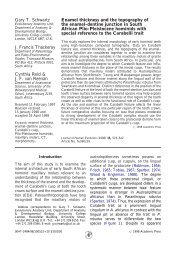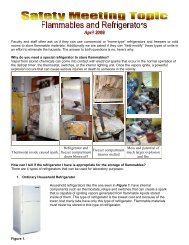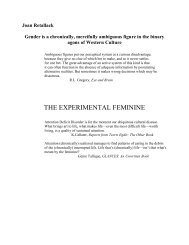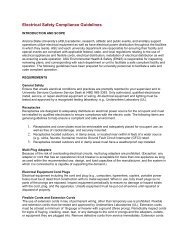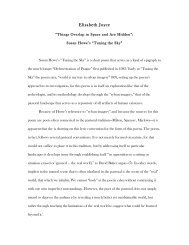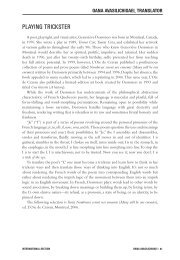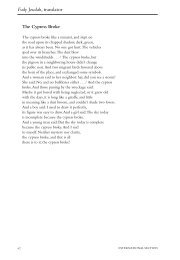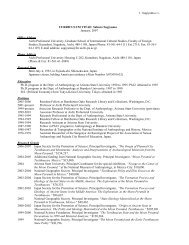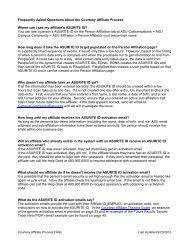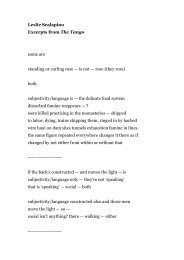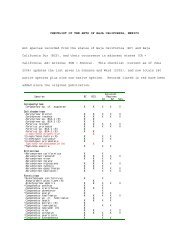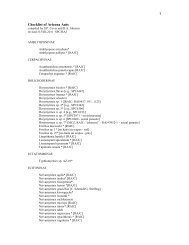VirusScan for UNIX - Arizona State University
VirusScan for UNIX - Arizona State University
VirusScan for UNIX - Arizona State University
Create successful ePaper yourself
Turn your PDF publications into a flip-book with our unique Google optimized e-Paper software.
<strong>VirusScan</strong> ®<br />
5.10.0 Product Guide Using <strong>VirusScan</strong> ®<br />
<strong>for</strong> <strong>UNIX</strong><br />
Configuring scans<br />
Configuring scans<br />
Instead of running each scan with all its options directly from the command line, you<br />
can keep the options in a separate text file, known as a task file. In the file, you can<br />
specify the actions that the scanner must take when a virus is detected. This allows<br />
you to run complete scans with ease, and at any time; you need only specify the files<br />
or directories that you want to scan.<br />
To configure a scan:<br />
1 Choose the command options that you want to use.<br />
See Choosing the options on page 21 <strong>for</strong> a description of available options.<br />
2 Type the command options into a text editor just as you might on the command line.<br />
3 Save the text as a file — the task file.<br />
4 Type one of these lines at the command prompt:<br />
uvscan --load file target<br />
uvscan --config file target<br />
Here, file is the name of the task file you created, and target is the file or<br />
directory you want to scan.<br />
If the scanner detects no virus infections, it displays no output.<br />
To learn how to specify the options, see Command-line conventions on page 15.<br />
The following examples show how you can configure scans using task files. The<br />
examples assume the scanner is available in the search path.<br />
Example 1<br />
To scan files in the /usr/docs directory according to the settings you stored in the task<br />
file, /usr/local/config1, type the command:<br />
uvscan --load /usr/local/config1 /usr/docs<br />
The contents of the task file /usr/local/config1, are:<br />
-m /viruses --ignore-compressed --maxfilesize 4<br />
They instruct the scan to move any infected files to /viruses, to ignore any<br />
compressed files in the target directory, and to examine only files smaller than 4MB.<br />
As an alternative, you can arrange the contents of the task file as separate lines:<br />
-m /usr/local/viruses<br />
--ignore-compressed<br />
--maxfilesize 4<br />
16<br />
3



